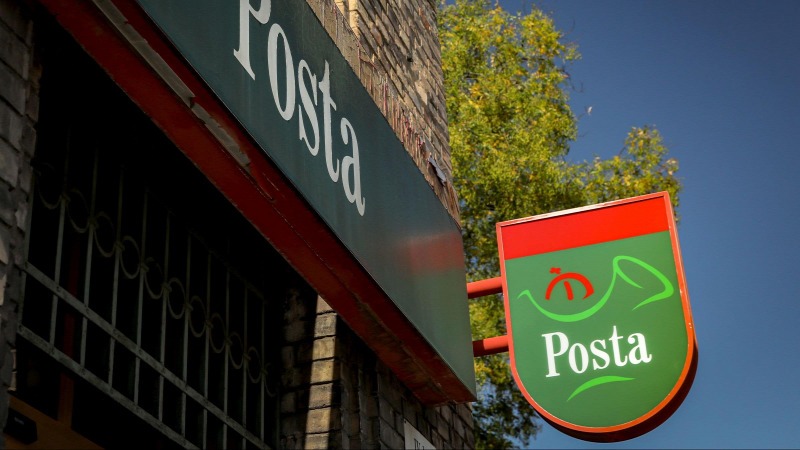17.07.2023 – In the past period, we have encountered a lot of online scams on the internet and our phones. At one point I got spam SMS every day with bogus delivery or problems with my Netflix subscriptions. Recently, OTP, Netflix and DHL/DPD companies have mostly been in the crossfire, and unfortunately many users have managed to fall.
Similar to the latter, another experiment is spreading explosively in recent days. Until now, email scams have been relatively easy to spot. Usually, after reading a few sentences, it was already possible to talk about spam, since the machine translation left behind not very galactic sentences. However, the letters now have the same look and spelling as the “original” letters sent by Magyar Posta.
Let’s see how we can tell it’s a scam!
At first glance, everything is fine, as if the notification really comes from a package that has gone through customs. The message asks for payment, just like the frequently sent and completely legitimate emails Magyar Posta sends. Then, the usual pitfalls quickly emerge:
- The link leads to the logistical domain (and the like), though quite similar – Only pages within the Posta.hu domain can be considered legitimate.
- Payment seems to be made on the SimplePay interface, just like in the case of real tariffs. But the line and domain over and over again (Logisticsposta.com remained) reveal that it is a scam.
Several people have reported similar emails in recent days. The domain address usually changes, but the common thing is that the email never leads us to the real Posta.hu. If we pay attention to this, it shouldn’t be a big problem, even if we are already waiting for a package from abroad. In this case, a comparison of tracking numbers can quickly reveal that the email is not real.
source: HVG












































